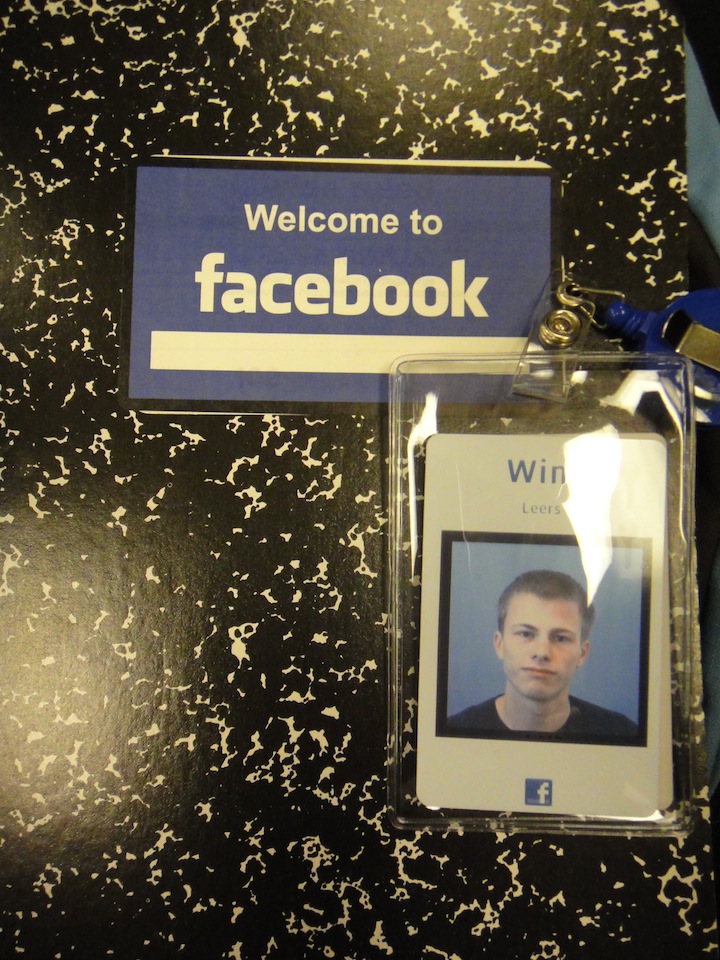Work hard, play hard
This week, I worked very hard to get as much work done as possible — as I did the preceding weeks, but with renewed energy and focus — before Anneleen would arrive Saturday that week.
I focused mostly on getting “meaningful” (in that they lead to new, unknown insights) test results from my work so far, because I must be able to convince my manager and colleagues of its potential. Otherwise, it won’t be used and my project may be suspended.
I was not able to produce much test results because I encountered several problems with analyzing the data sets, which were less clean and more skewed in certain ways than anticipated. So I focused on adding features that enable us to deal with these challenges.
Amongst others, I added the ability to perform pattern mining on a subset of the data by allowing “item constraints” (“filtering”, really: “only consider samples that do or don’t contain X”) to be defined for the parser, not just for the pattern miner. This allows one to focus on a subset of the data that may otherwise have been skewed.
Anneleen!
Unfortunately, Anneleen’s plane to San Francisco got cancelled due to (repeated) technical problems, so she got stuck in Frankfurt (I will spare you the whole United Airlines ordeal). Thus, I had another day to fill. So I decided to pay a visit to Stanford!
